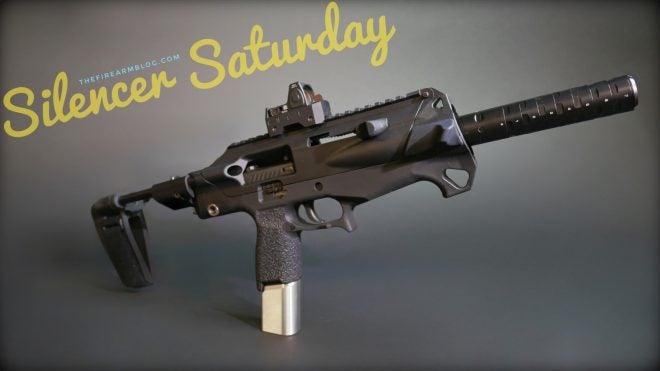Good morning everyone and thanks for coming back to TFB’s Silencer Saturday, where the loudest sounds are from the ATF cashing our tax payments. Last week we discussed OSS Suppressors and the 556QD performance versus an industry mainstay, the SureFire SOCOM RC2 5.56. And we will returning with more OSS testing and observations in a few weeks when a proper 7.62 host arrives and the weather cooperates (metering in the rain is not a good idea). Until then we are going to take a brief look at build materials and their positives and negatives when used in silencers. More specifically, we are talking about aluminum versus steel versus titanium alloys.
ABOVE: The Fire Control Unit X01 PDW platform with the Dead Air Odessa modular silencer and the ANVL UKON optic mount with a Trijicon RMR. The FCU X01 and the Odessa 9 will get some rangetime this week.
It’s a common question among first-time buyers: “what is this suppressor made of?” And generally, the answer is important mostly when you add in your intended uses for the silencer and its associated host(s). Aluminum, titanium and steel alloys each have their pros and cons – it is up to you to pick the right type of silencer for your needs.
Please note: I am not a metallurgist. The below generalizations regarding alloys should be used as a primer for your research when looking for a silencer that fits your needs.
SILENCER SATURDAY #33: Aluminum, Steel or Titanium?
Instead of a blanket ‘x metal alloys shouldn’t be used to make silencers’, I believe it all comes down to intended uses and maintenance schedules.
- Rimfire and/or unjacketed round use?
- Full auto use?
- Is weight savings important?
- Cost considerations?
- Solvent use?
Aluminum alloys:
Light and inexpensive, aluminum alloys are most commonly used in rimfire and pistol silencers. Although some companies have perfected hybrid designs that can withstand certain types (and barrel lengths) of centerfire rifle hosts.
Caution must be used when cleaning: certain solutions (“the dip” and cleaners like Simple Green) and processes (Ultrasonic baths) can damage aluminum caused by high pH levels (alkaline solutions).
Pros:
- Inexpensive
- Light weight
- Easy to machine
Cons:
- Reduced extreme heat and pressure resistance
- Corrosion possibilities
Examples:
https://www.bowersgroup.com/product/asp-45-pistol-silencer/
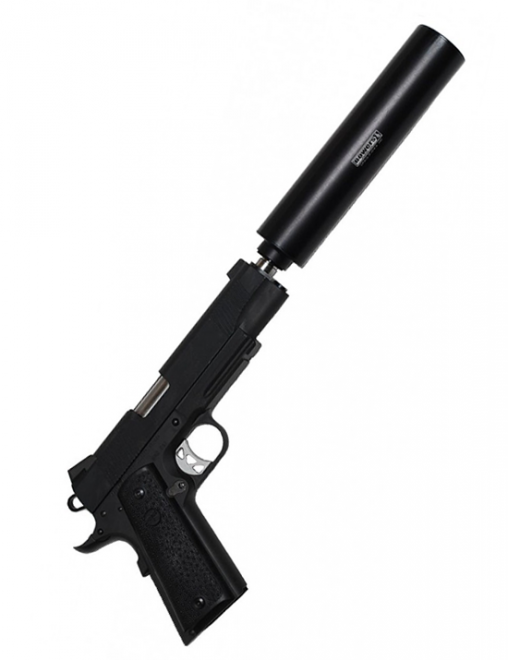
https://silencerco.com/silencers/warlock-22/
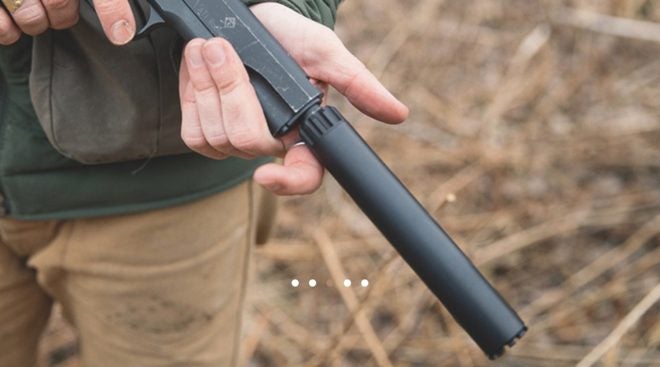
Steel, Nickel, ChromIum and Super alloys:
The mainstay of centerfire rifle silencers, steel alloys exhibit extreme wear resistance. Super alloys like Inconel and Stellite are commonly used in blast baffles or baffle stacks for short barrel ratings.
Pros:
- Durable
- Resists galling
Cons:
- Heavier than other materials used.
Examples:
https://www.sigsauer.com/store/srd556-qd.html

https://silencerco.com/silencers/saker-asr/
(Stellite & Stainless Steel)
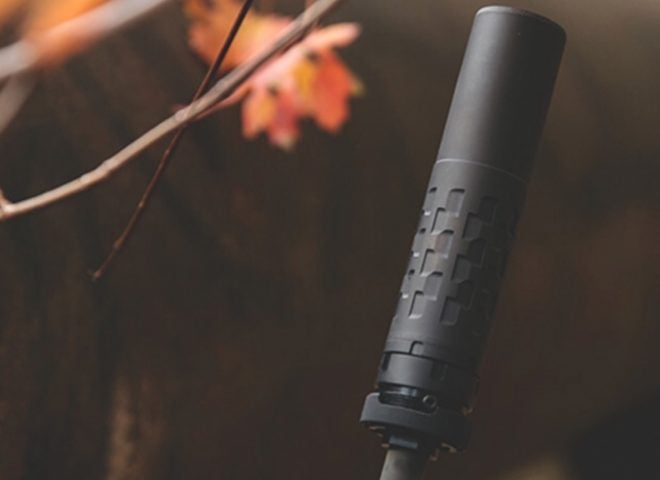
Titanium alloys:
When weight is a priority and strength is a requirement, titanium alloys are one of the best choices available for silencers. There is some controversy among experts regarding titanium’s extreme heat resistance, so if you are looking for a silencer belt-fed host with heavy rates of fire, additional research is required.
Pros:
- High strength to weight ratio
Cons:
- Can be difficult to machine
- Expensive
- Extreme heat resistance not on par with steel alloys?
Examples:
https://liveqordie.com/collections/7-62-silencers-by-q/products/copy-of-half-nelson-by-q
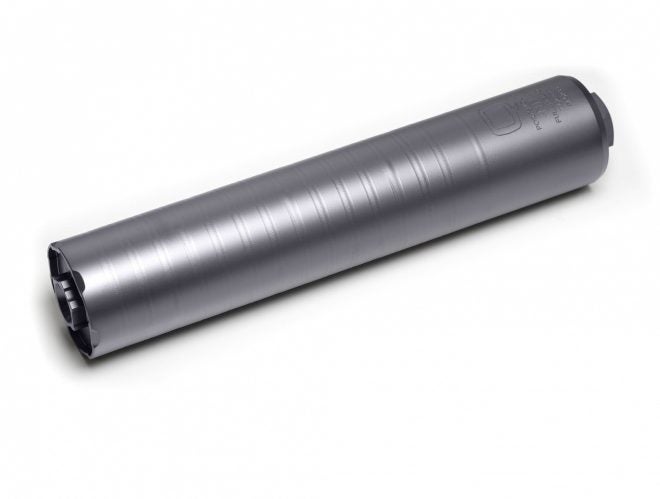

Much like picking an appropriate mode of city transportation, silencer build materials are all about your use cases; there is not a blanket ‘yes or no’ answer. Titanium is probably overkill for a light use rimfire host where aluminum offers acceptable weight savings. Conversely, I have yet to see a crew served weapon outfitted with an aluminum suppressor. Like all NFA purchases, having realistic goals will help keep you from making costly mistakes – in both time and money.
Of course, there are more unique materials used to make silencers – like polymers and carbon fiber (see below).
Enjoy the rest of your weekend. See you next Saturday.
TFB’s Silencer Saturday is brought to you by Sig Sauer
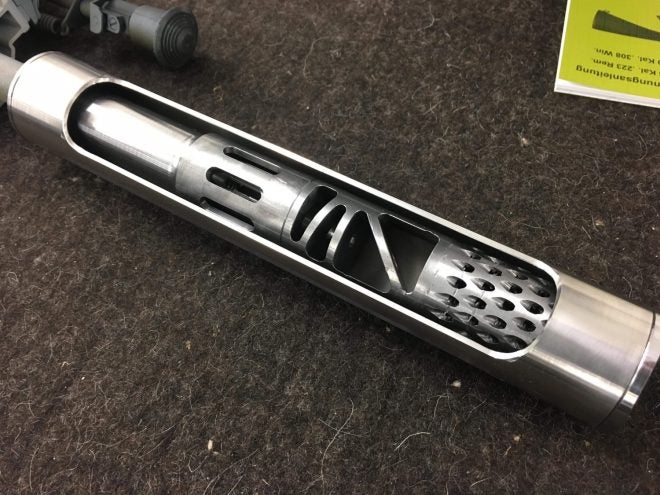
Credit: Allen Sun – Oberland Arms Baffle Stack

Credit: Allen Sun – Oberland Arms Baffle Stack
 Your Privacy Choices
Your Privacy Choices
